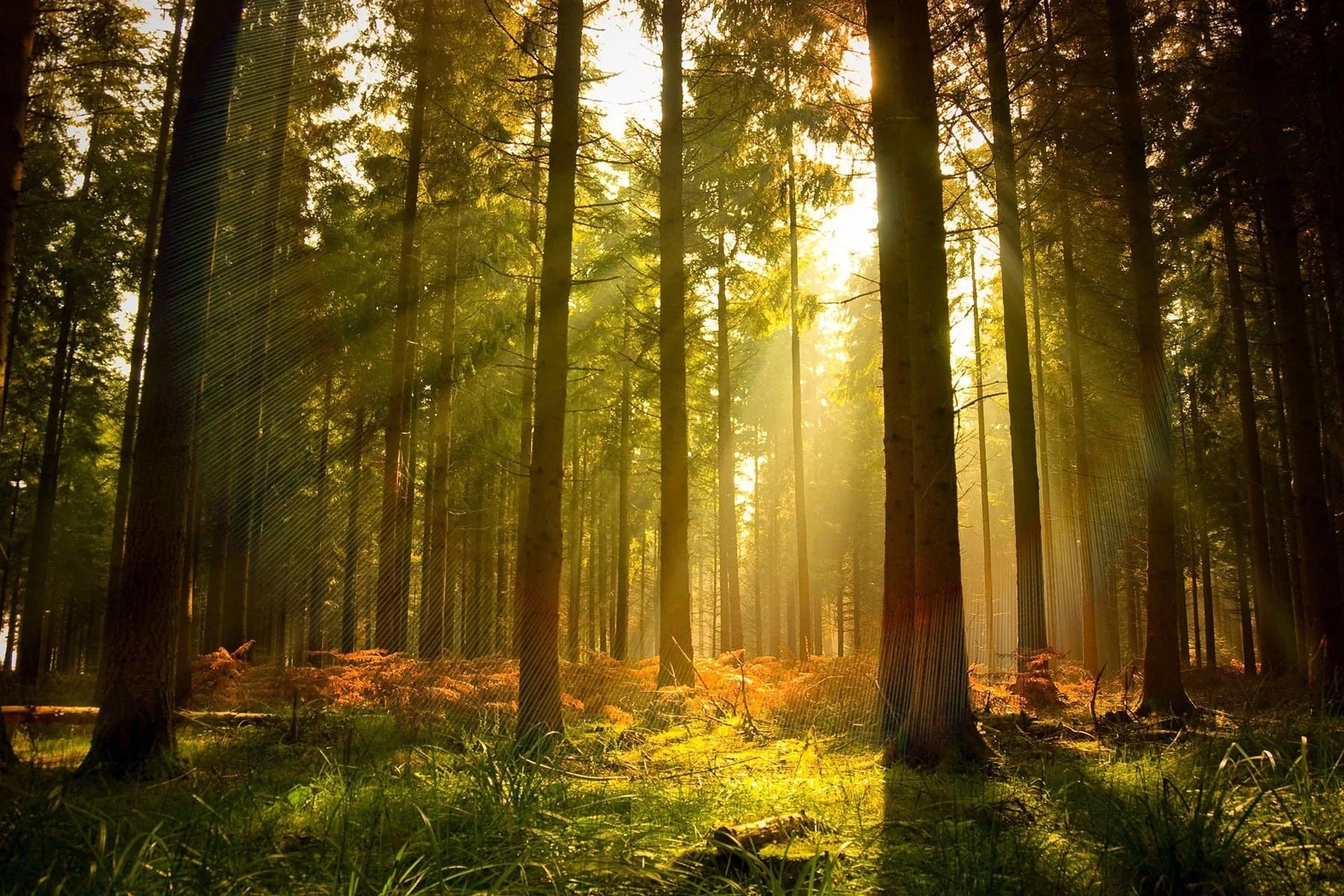CGKY News Hub
Your go-to source for the latest insights and trends.
Nature's Canvas: Where Beauty Meets Photography
Explore breathtaking landscapes and stunning photography tips at Nature's Canvas—your ultimate source of inspiration for capturing nature's beauty!
The Art of Capturing Nature: Tips for Stunning Landscape Photography
The art of capturing nature lies in understanding the landscape you wish to photograph. Begin your journey by exploring the environment during different times of the day; the golden hours—just after sunrise and before sunset—are known for their stunning natural light. Pay attention to the composition of your images; applying techniques such as the rule of thirds can create more dynamic and engaging photographs. Don't shy away from using leading lines found in nature, like rivers or paths, to draw the viewer's eye into the scene.
Another crucial aspect of landscape photography is post-processing. Programs like Adobe Lightroom or Photoshop can be invaluable for enhancing your images and achieving the desired impact. Aim to make subtle adjustments to elements such as contrast, saturation, and sharpness to maintain a natural feel while highlighting the beauty of your landscape. For more detailed insights on post-processing techniques, you can check out this comprehensive guide. With practice and patience, you'll develop your unique style and be able to convey the awe of nature in every shot you take.

Exploring the Best Locations for Nature Photography Adventures
If you’re a nature photography enthusiast, there’s a world of breathtaking landscapes waiting to be captured. From the majestic Rocky Mountains in the U.S. to the serene fiords of Norway, these locations offer diverse ecosystems that cater to all levels of photographers. Consider visiting iconic spots like Rocky Mountain National Park, where jagged peaks and vibrant wildflower meadows create the perfect backdrop for stunning shots. Another must-see destination is Fjord Norway, known for its breathtaking views and dramatic landscapes that promise unique photography opportunities.
When planning your nature photography adventures, consider the best times to visit these locations. For instance, Yosemite National Park bursts into color during the autumn months, offering photographers a chance to capture the vibrant foliage reflected in its serene lakes. Additionally, during the spring months, Yellowstone National Park showcases an array of wildflowers and calving bison, making it an excellent spot for capturing the essence of nature’s rebirth. With countless beautiful locations to explore, nature photography is not just about a camera; it's about the experience of immersing yourself in these stunning environments.
How to Use Natural Light to Enhance Your Outdoor Photography
Natural light is a photographer's best friend, especially when it comes to outdoor photography. The key to using natural light effectively lies in understanding how it affects your subject. Golden hour, which occurs shortly after sunrise and before sunset, provides the most flattering light. During this time, the sun's rays are softer and more diffused, creating a warm glow that enhances colors and reduces harsh shadows. To capture stunning images, take advantage of this time frame and experiment with various angles. For more tips on optimizing golden hour photography, check out National Geographic's Guide.
Another important aspect of utilizing natural light in outdoor photography is understanding the direction of light. The way light approaches your subject can dramatically alter the mood and feel of your photos. Side lighting can add depth and dimension, while backlighting can create interesting silhouettes. Additionally, overcast days provide soft, even lighting that can reduce the contrasts usually seen in direct sunlight. Remember to always check your surroundings for reflective surfaces, as they can enhance or detract from your lighting. For further reading on light direction, see Digital Photography School.